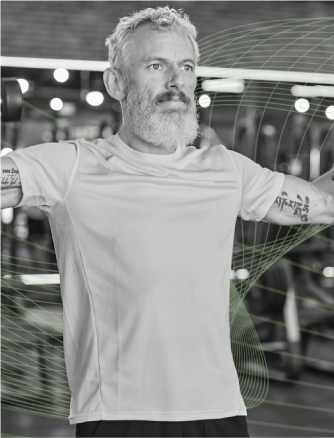With electronic health records (EHR) at an approximate 80% usage rate, there’s plenty of data floating around for healthcare providers. In fact, many physicians say they are deluged with a constant onslaught of information. They don’t have enough time to find the critical, valuable data buried in non-essential details. Add the fact that some EHRs allow a wearable’s data to be uploaded directly into the patient’s medical record and you’ve taken an overloaded data system and added exponential issues for healthcare providers.
How do we cut down on data overload so that doctors will actually make use of patient-provided information? For providers to be interested in wearable data, three important questions need to be answered:
- What is the clinical value from a care perspective?
- How much time does it take to absorb this information?
- How is the physician being reimbursed for this time?
Clinical Value
It’s crucial that information provided to providers be clinical-grade and not just data from today’s consumer fitness trackers. Let’s look at cardiovascular health as an example. Medical/ECG reports generated by a medical wearables company need to be customizable to suit a particular practice because not all ECG reports are created equal and they might not have the same value to different doctors. In addition, the reports need to be intelligent with pertinent, easy-to-find data with no superfluous extras that use up a provider’s valuable time. In a heart patient, for example, while the doctor may want to know if the patient is increasing daily activity, heart rate variability might be the central issue for this particular patient. If this patient brings a summary report showing he walked every day for the past 30 days, that information enriches the patient’s record from a physical activity standpoint but may not show the heart rate variability. If the physician sees the accuracy as insufficient, there won’t be clinical value. It’s important to understand what the physician is looking for and how he or she will use this data when designing wearables and resulting reports.
Time to Process the Valuable Data
A doctor needs to see a certain number of patients an hour, so it’s important to provide information in a format that keeps his time investment to a bare minimum. Simply downloading randomized data from a fitness tracker wastes his time to process it and opens up the possibility that issues could be overlooked.
In an article in the Journal of American Medical Association Cardiology, authors Mintu P. Turakhia, MD, MAS, Sumbul A. Desai, MD, and Robert A. Harrington, MD describe concerns surrounding excess, random data:
“Even though a number of issues remain around data including ownership, interoperability, and sheer volume, a central challenge in digital health is to present data that are actionable for clinicians, patients, and caregivers. This problem can be generalized to that of user interface and experience. There is already a major problem of data excess with electronic medical record systems, which have user interfaces that display cataloged data well but contextually aggregate data poorly.”[1]
Physician Reimbursement
Patient volume and medical billing codes are two major drivers in physician compensation. Because doctors are paid on pre-approved billing code systems for diagnostic and therapeutic procedures, if there is no compensation connected to the data provided, the doctor will order an additional test that has a billing code. This essentially renders the data from the medical wearable irrelevant because even though the medical wearable may provide the same information, the doctor gets paid by ordering the test. Data from medical wearables will gain faster acceptance if the existing payment models can be used for reimbursement.
To support data from medical wearables, physicians need to have relevant, clinically valuable data that doesn’t require too much time to process. Additionally, there needs to be compensation for their time. When companies providing wearable medical devices can pull all of these essentials together, we might see patient-supplied data begin to make a difference.
[1] http://cardiology.jamanetwork.com/article.aspx?articleid=2546893






